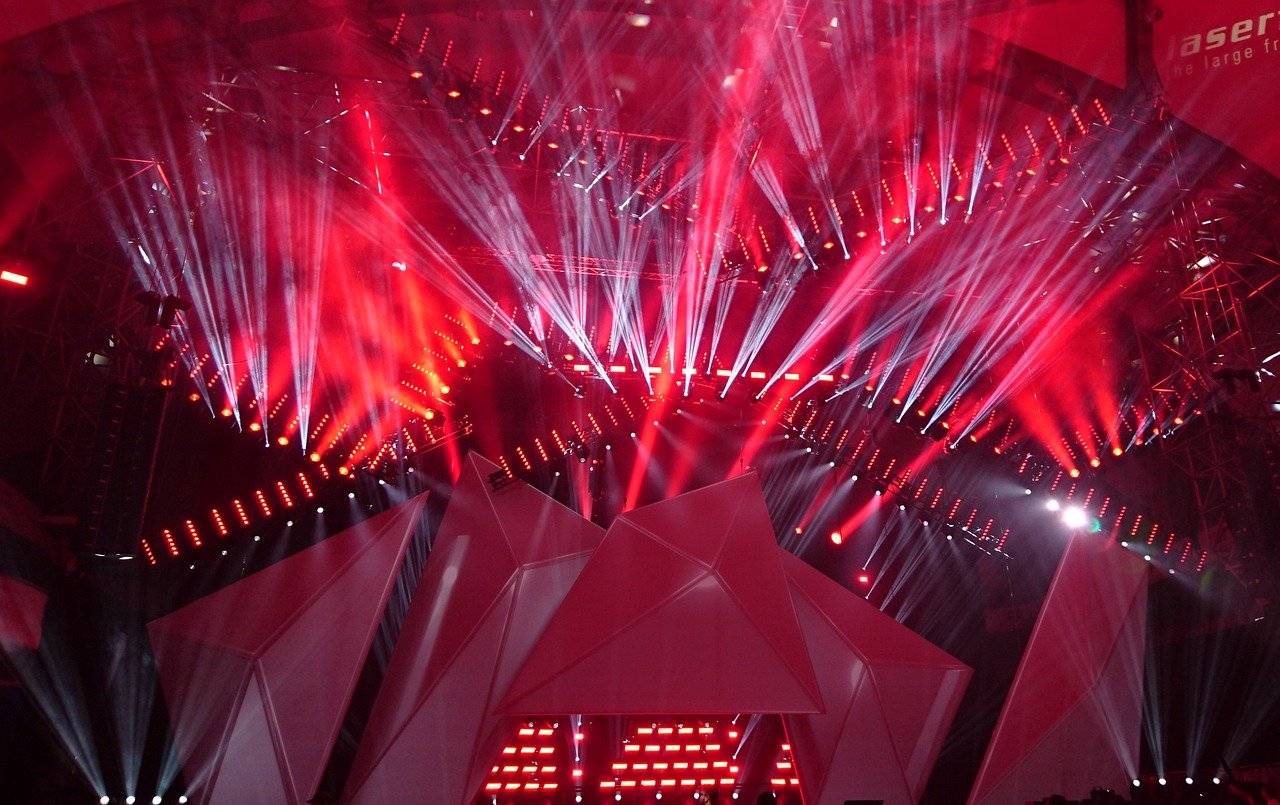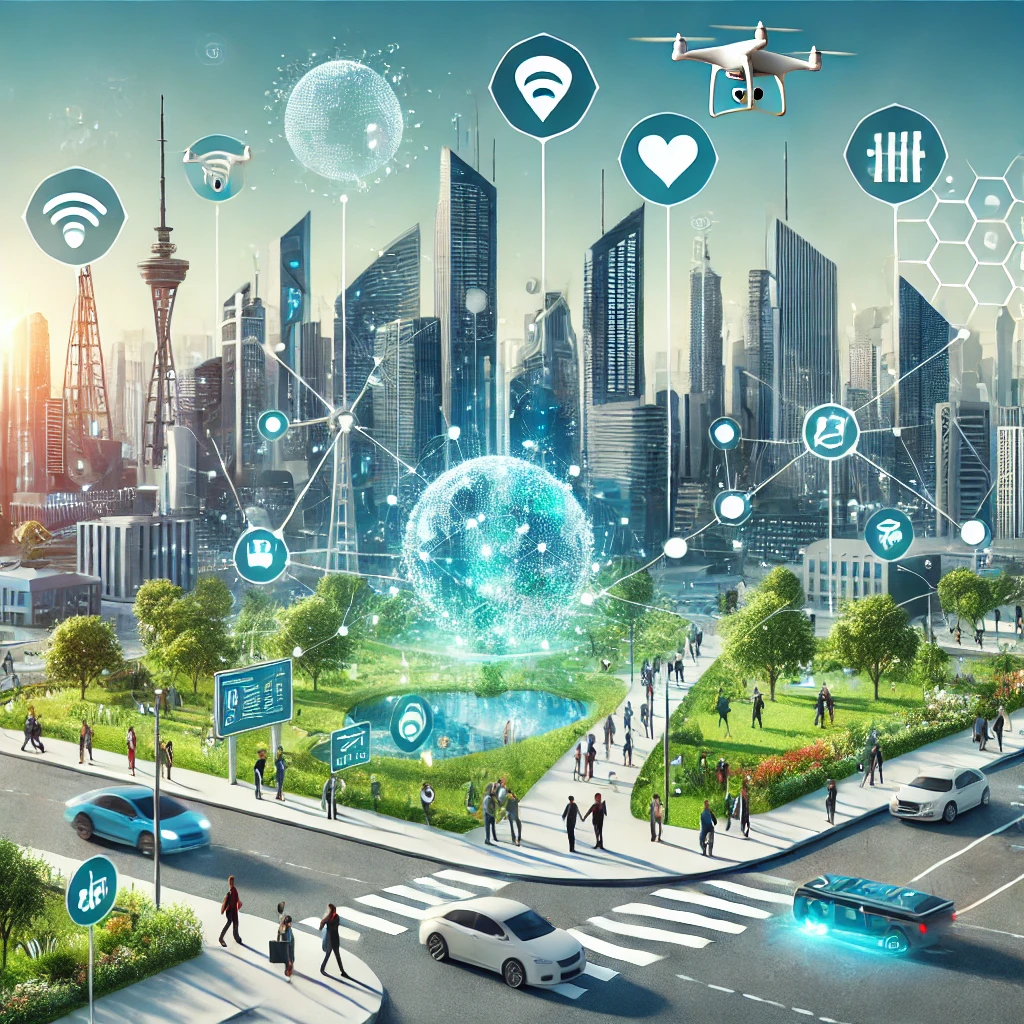Recruiters are no longer just gatekeepers; they are strategic partners in building successful teams that drive business growth. With advancements in technology, the best AI recruiting software and applicant tracking systems (ATS) have transformed how recruiters manage their workflow and connect with talent. But what exactly makes an AI recruiting platform or an ATS stand out? Below, we explore the top features that make these tools indispensable for modern recruiters.
1. Advanced Candidate Sourcing and Matching
One of the standout features of the best AI recruiting software is its ability to source and match candidates with unprecedented precision. AI-powered tools leverage machine learning algorithms to scan thousands of resumes, profiles, and professional networks, finding candidates who align perfectly with a job’s requirements. These systems don’t just look for keywords; they assess skills, experience, and even cultural fit.
Why does this matter? Recruiters save significant time by receiving a shortlist of high-quality candidates rather than wading through countless applications. This feature alone can reduce the time-to-hire by weeks, boosting the overall productivity of recruitment teams.
2. Automated Resume Parsing
The days of manually scanning resumes for relevant skills are fading fast. Modern ATS platforms come equipped with automated resume parsing capabilities, allowing them to extract essential information from resumes and categorize it neatly into profiles. This saves recruiters from the tedium of data entry and ensures that no detail slips through the cracks.
The best AI recruiting software takes it a step further by enhancing resume parsing with natural language processing (NLP). This technology understands context and can differentiate between a candidate who “managed a project” and one who “led a team,” providing a deeper insight into their capabilities. Additionally, tools like AI Video Generators are transforming how companies evaluate candidates by creating engaging video resumes or interview simulations, further streamlining the recruitment process.
3. Predictive Analytics for Talent Forecasting
Top-tier AI recruiting software doesn’t just help in the present; it prepares for the future. Predictive analytics is a game-changer, giving recruiters the power to forecast hiring trends and anticipate workforce needs. By analyzing data patterns and historical hiring data, these systems can predict the best times to hire, identify potential talent shortages, and even suggest strategies to retain top performers.
Imagine having a dashboard that tells you not only who your best candidate is today but also how hiring them could influence your team’s future performance. This forward-thinking approach makes recruitment more strategic and helps organizations stay ahead in the competitive job market.
4. Enhanced Candidate Experience
An often-overlooked aspect of recruitment is the candidate experience. The best AI recruiting software and applicant tracking systems understand that recruitment is a two-way street. Features like automated but personalized follow-ups, chatbots for real-time communication, and seamless interview scheduling play a huge role in keeping candidates engaged throughout the process.
AI-driven chatbots, for instance, are available 24/7 to answer candidates’ common questions, guiding them through each stage of the application process. This not only saves time for recruiters but also ensures that candidates remain informed and satisfied, enhancing your company’s employer brand.
5. Comprehensive Data-Driven Insights
Modern recruitment isn’t just about instinct; it’s about data. The best AI recruiting software provides data-driven insights that empower recruiters to make informed decisions. From understanding which job boards yield the best applicants to identifying bottlenecks in the hiring process, comprehensive analytics offer a clear view of what’s working and what needs adjustment.
ATS platforms with robust analytics features can break down metrics like source of hire, candidate drop-off rates, and average time-to-fill, giving recruiters a complete picture. By leveraging these insights, teams can fine-tune their strategies for better outcomes and make evidence-based improvements.
6. Seamless Integration with Existing Tools
Recruiters juggle numerous platforms daily—from HR management systems to LinkedIn and job boards. The best applicant tracking system ensures seamless integration with these tools, creating a cohesive ecosystem. This is vital for maintaining a smooth workflow where data flows freely across platforms without duplicative efforts.
APIs and integrations with popular productivity tools like Microsoft Outlook, Slack, and various CRM systems ensure that recruitment teams can streamline their processes without constantly switching between applications. This level of connectivity boosts productivity and minimizes errors, making it a must-have feature for high-performing teams.
7. AI-Powered Screening and Shortlisting
Screening resumes manually is not only labor-intensive but also prone to human bias. AI-powered screening tools come with built-in algorithms that ensure a fair and consistent evaluation process. These tools analyze resumes based on job descriptions and rank candidates according to their suitability, presenting a shortlist that aligns with the recruiter’s needs.
Beyond simple keyword matching, these systems assess experience, qualifications, and even soft skills, using data points that extend beyond the traditional resume. This makes the applicant tracking system far more objective and inclusive, paving the way for a diverse and high-quality candidate pool.
8. Intelligent Interview Scheduling
Coordinating interviews is often more complex than it seems, especially when dealing with multiple candidates and interviewers. AI-assisted scheduling tools take the hassle out of arranging interviews. They can sync with team calendars, suggest optimal times, and send automated reminders to all parties involved.
This automation eliminates the back-and-forth emails that can delay the process and frustrate candidates. The result is a more streamlined, organized interview schedule that saves recruiters valuable time and keeps the hiring pipeline moving efficiently.
9. Candidate Rediscovery
Sometimes the perfect candidate is already in your database, waiting to be rediscovered. The best AI recruiting software comes with candidate rediscovery tools that scan your existing talent pool for matches when new job openings arise. This feature maximizes the value of past applicants and can significantly shorten the time-to-hire.
Instead of starting every search from scratch, recruiters can tap into their database of previously qualified candidates who may now be perfect for new opportunities. This proactive approach not only speeds up hiring but also reduces recruitment costs.
10. Robust Compliance Features
Ensuring compliance with hiring laws and data protection regulations is non-negotiable. The best applicant tracking systems are built with compliance features that help recruiters adhere to legal requirements, such as GDPR. These platforms manage consent forms, ensure data security, and provide audit trails, reducing the risk of potential legal complications.
An ATS that prioritizes compliance enables recruiters to focus on their core tasks, confident that their software is keeping their hiring process in line with current regulations.
Investing in the right ATS or recruiting software isn’t just an operational decision; it’s a strategic move that positions your organization as a forward-thinking leader in talent acquisition.
Subscribe to the best recruitment newsletter and get the latest insights, trends, and tips to stay ahead in the industry. Become the smartest recruiter in the room today!
Read Also: The Importance of Video Editing Software in Marketing and Branding



